Zen Koans for Subway Commuters: A reflection from Personas
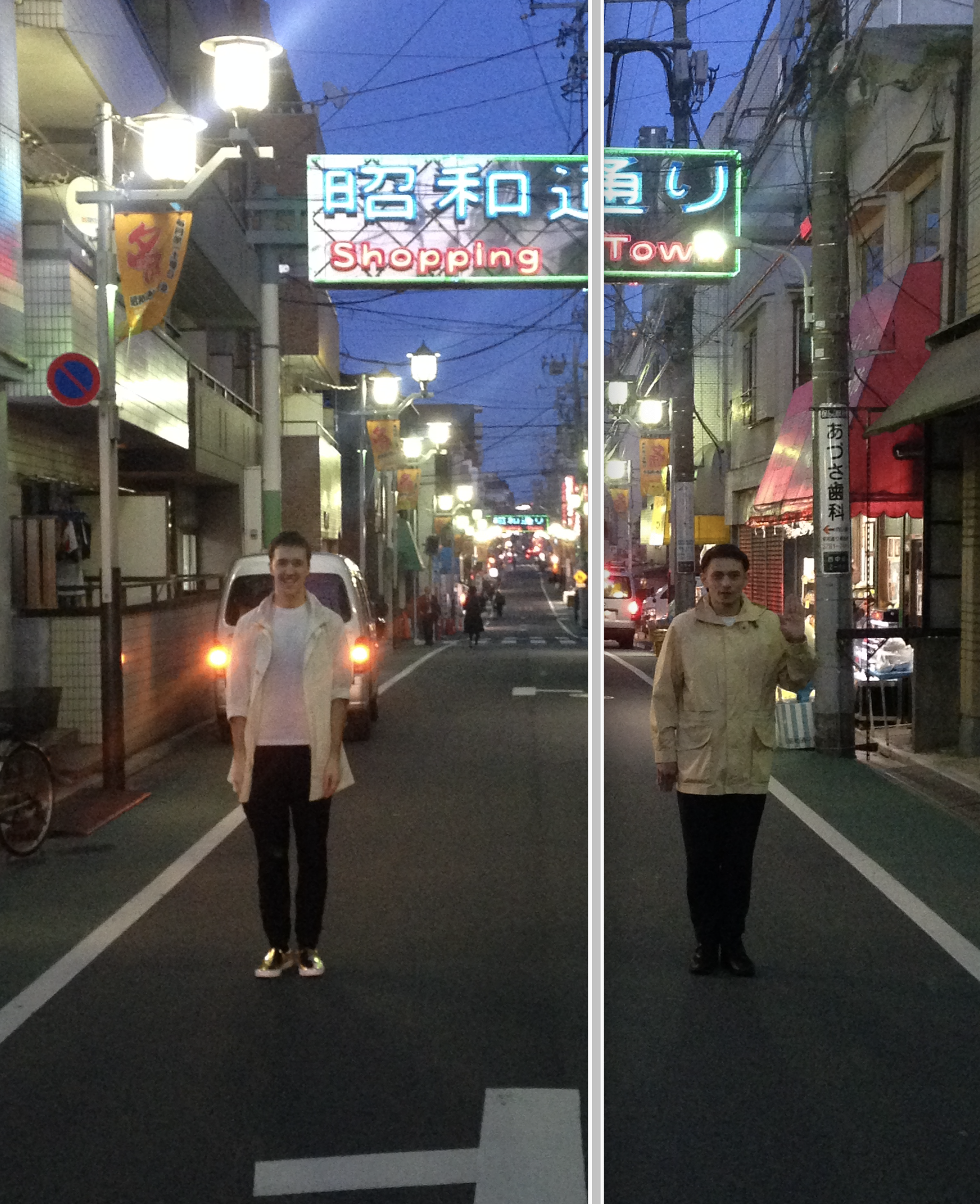
Pleasure Cruiser and Smoke Thief first met on the Tozai subway line in Tokyo in 2013 and have been best friends ever since.
There is often beauty to be found in the everyday experiences and moments we bypass. It can be found in the little details, the subtle nature of a human interaction or a fleeting sensory encounter.
Personas is the musical project of Pleasure Cruiser and Smoke Thief. Their latest project has seen them attempt to soundtrack some of these isolated moments, in particular experiences found on the Tokyo subway.
“Zen Koans for Subway Commuters” is the name of the new album and features a collection of delicate musical experiences designed to reflect a moment in time underground. The work features numerous field recordings captured by the pair as well as collaborations from Ayako & Omodaka, Keita Sano and Soichi Terada.
The pair first met during the heatwave of 2013 in Tokyo, brushing shoulders on the subway only to then spend many years working alongside one another to record what is ultimately a soundtrack to numerous instances between stations and the passing faces they’ve encountered along the way.
We asked them to reflect on what has been an evolutionary project…
Nic: So, how are you feeling about releasing Zen Koans for Subway Commuters? Georgie: I’m excited! I saw a DJ who I know in the street the other day and he said he’s excited, so there’s at least one person on the streets who is ready – we’ve got a fan!
Nic: I’m excited that we’ve actually got it together. How long have we known each other for now?
Georgie: It’s gotta be back in 2013, around ten years. It’s nice to be getting it out there. You can infinitely edit stuff. Everyone does it. If you follow all the rules of EQ and mastering you end up with this really smooth track, but it’s kind of lifeless. I think we did a good job of coming back and making sure there was a vibe.
Nic: We have taken a long time to find our middle ground. It’s taken nine years, there’ve been fallouts, reunions…
Georgie: We’ve hit some walls! But we managed to put our artistic differences aside. We both come from very different spaces as well; you come from the dancefloor, where you move the people. I’ve never moved people. We had to think about what would be a good presentation of both our personalities.
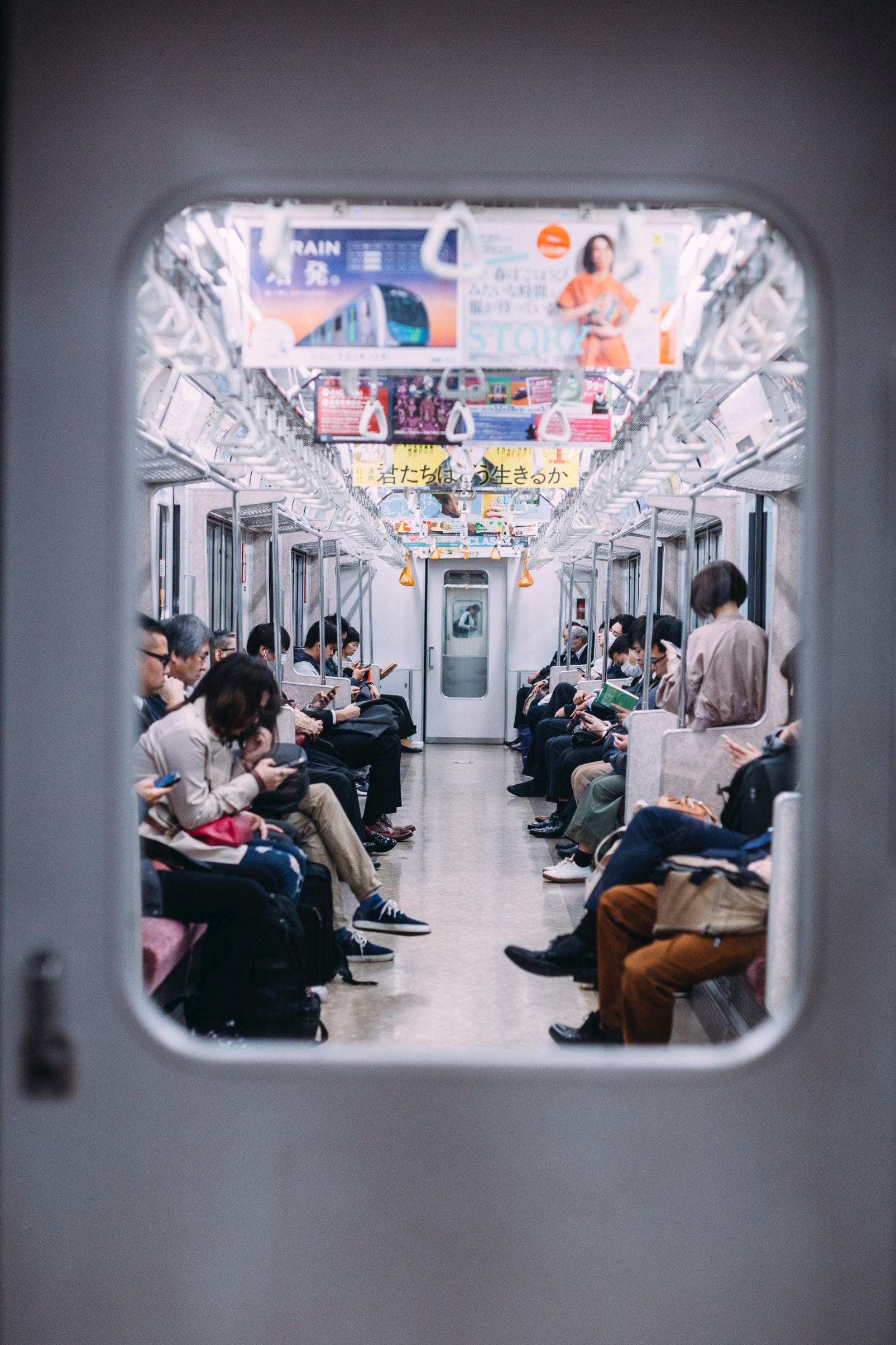
"We used a lot of fortuitous moments..."
Nic: We met on the train. You were standing in the carriage listening to music and I was thinking, there aren’t that many white dudes walking around Tokyo wearing massive headphones. I need to talk to this person. You told me you were an ambient experimental composer.
Georgie: I had that ready!
Nic: Did we just become best friends? There were many sessions after that. In my old apartment we had a bartered deal where you would come round to the bedroom studio and we’d work on your album and in return you would give me some help with my tracks. It was a nice thing. You actually gave me a Korg Triton. The first place I lived in Tokyo was in Shimo-kitazawa and I then moved to Meguro with my friend Diego. I also spent a little bit of time in Shindaita, which is a little bit around the corner from Shimo-kitazawa.
Georgie: That’s quite an urban area, right?
Nic: Yeah, I loved it. I lived in this communal place in Ishikawadai too, it was a big shared house. You’ve lived in quite a few different neighbourhoods haven’t you?
Georgie: I started off crashing on my mates sofa, I hadn’t seen him for about five years so it was parties every night. I’d just arrived, y’know? He showed me around and gave me the tour. I realised I’d been on his sofa for two or three months, I needed to give him his living room back, so I moved out. I’d spent most of my nights exploring the West Side. Shout out to the Star Bar in Shinjuku. Some places in Tokyo are nitro-boosted, you need to know everyone in the neighbourhood because everyone is so densely packed together and you all live around a hundred metres from one another.
Nic: It’s a densely populated place. It might be why we were able to bump into each other even in a city with so many people. ‘Elevation’ was very much the genesis of our album together, that track was when it clicked. It was an old beatless version of a track that we’d been making for the dancefloor.
Georgie: There’s a whole genre of music on YouTube where the track is just slowed down with loads of reverb, but you want texture and variance. It was so guerilla how we did that, I was just on my lunch break and recorded some piano. The room was quiet, but the school was loud, you can probably hear some people in the corridors on the recording.
Nic: I know you went to a studio to try and re-do that piece and it didn’t work. The recording wasn’t perfect, but it was perfect. It was capturing a moment. ‘Little One Standing’ has some very pretty musicianship that really captures a little kid standing on a seat on a train.
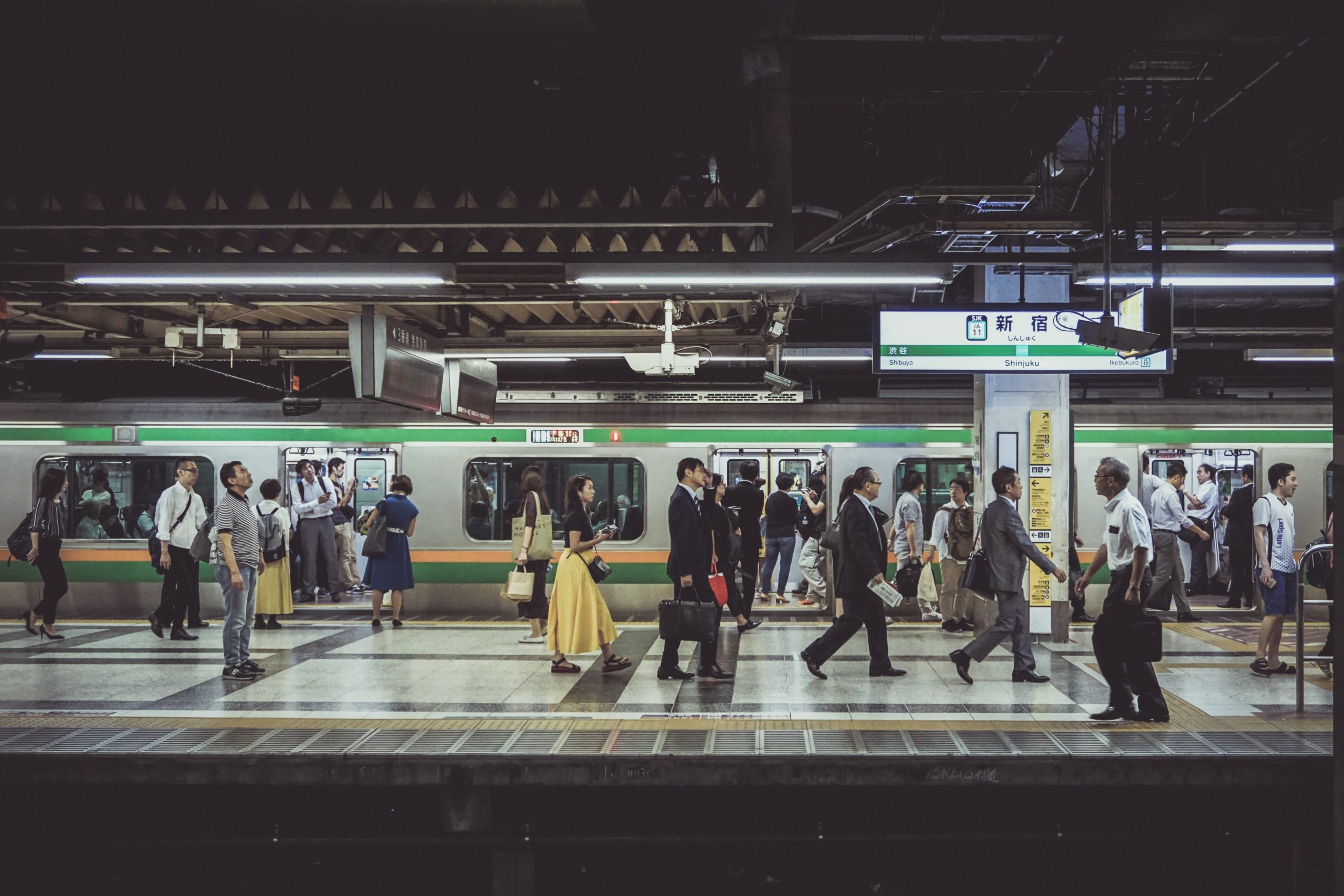
Georgie: You’ve commuted a lot in Japan, you see it everywhere. Japan is so quiet, everyone is so polite and they have these customs that everyone follows except the kids. Kids don’t care, they’ll say ‘haaaaaa!’ in your face. They’re just free, and that’s the image we went with, an ambience that felt homely and safe and captured that childhood theme.
Nic: When I was an English teacher in Tokyo I used to do a lot of business and English lessons and I carried a little tape recorder with me which I used to record conversations with a lot of the students. I was teaching one day while also working another job and accidentally left my recorder on and recorded the sounds of my whole journey from leaving my apartment to getting to the office in the morning, to going out to lunch and taking various different subway trips, my footsteps…
Georgie: We used a lot of fortuitous moments.
Nic: Maybe I’ll take that ten hour recording and you could do a ten hour improvisational sax solo on top of it.
Georgie: Next on there is ‘Northside Hibiya Sen’. That area going out of Tokyo from the North East side, it gets older as you go. The Hibiya line goes down the ‘happening’ side, but then you go further North and it’s super quiet. There was something I liked about the downtown vibe, people are very casual and real. That’s a cool train ride. There’s a sax solo at the end of that track, it feels like a celebration of everyday life.
Georgie: ‘Shuuten’ features Soichi Terada under his Omodaka alias. Isn’t this the track where we still can’t figure out what you did on it.
Nic: I think I passively aggressively deleted the project so it could be my final mix. I did have a stage where I deleted a whole bunch of stuff for memory space and I shouldn’t have.
Georgie: It was another fortuitous thing. That mix brought a vibe that was perfect. You told me the file had disappeared but thankfully we still had the WAV. We gave it to Ayako who did some lyrics over it. They’re very deep lyrics sang in Japanese, it’s very meditative and charming and enriches the album.
Nic: We sent the whole album to Soichi and he liked a few of the tracks. He had a few jams on them and sent over a few things. It’s a beautiful addition to the album and a dream collaboration for us. I actually caught him play at Secretsundaze in London recently, it was a great performance. It’s a breath of fresh air to see his live performance in a club environment. It’s quite experimental. If you listen to his Omodaka stuff you see exactly where that comes from.
Georgie: I recorded a lot of the foley for ‘People At Junctions’ at Tsukiji Station. I set it down on the platform and sat on the floor to record footsteps. I was trying to look very unassuming. We didn’t use the Ableton Grid on the album either which I think really contributed to its organic feel. On ‘Fumikiri’ there is a huge sense of space. The lead synth has a chiming thing, which sounds like a train crossing, Fumikiri meaning ‘level crossing’. You can also hear what sounds like a train on there.
Nic: It’s a simple recording of a train coming into a junction, but it does feel sort of epic. In terms of how the album flows, it’s a great penultimate track. It finishes the scene that has been set, we embraced the darkness and the melancholy on that one. The way it goes into the final track, which features vocalist Keita Sano, it finishes on this sweet ending. There are varying styles throughout the whole album, we weren’t feeling sweet the whole way through making it so there are different moments in there.
Nic: The concept for the vocals is from a meditation that I use quite frequently by Tony Somara. I don’t prescribe to everything he talks about, but it’s wholesome and good vibes. I explained the concept of the meditation and sent it to Keita to reinterpret it into Japanese. He recorded it and did some weird pitching of his vocals. I thought it was a little too weird and reversed it back to something that was closer to his own voice.
Georgie: The way he’s talking in Japanese, things that you remember fondly, bring them back. Come back to the centre. The way his voice sounds is just how a tannoy announcement sounds, so it’s very surreal in how it blends into the album. It’s a very profound message. Your heart is still beating. This is a gift. That’s how the album ends, with this message of calmness.


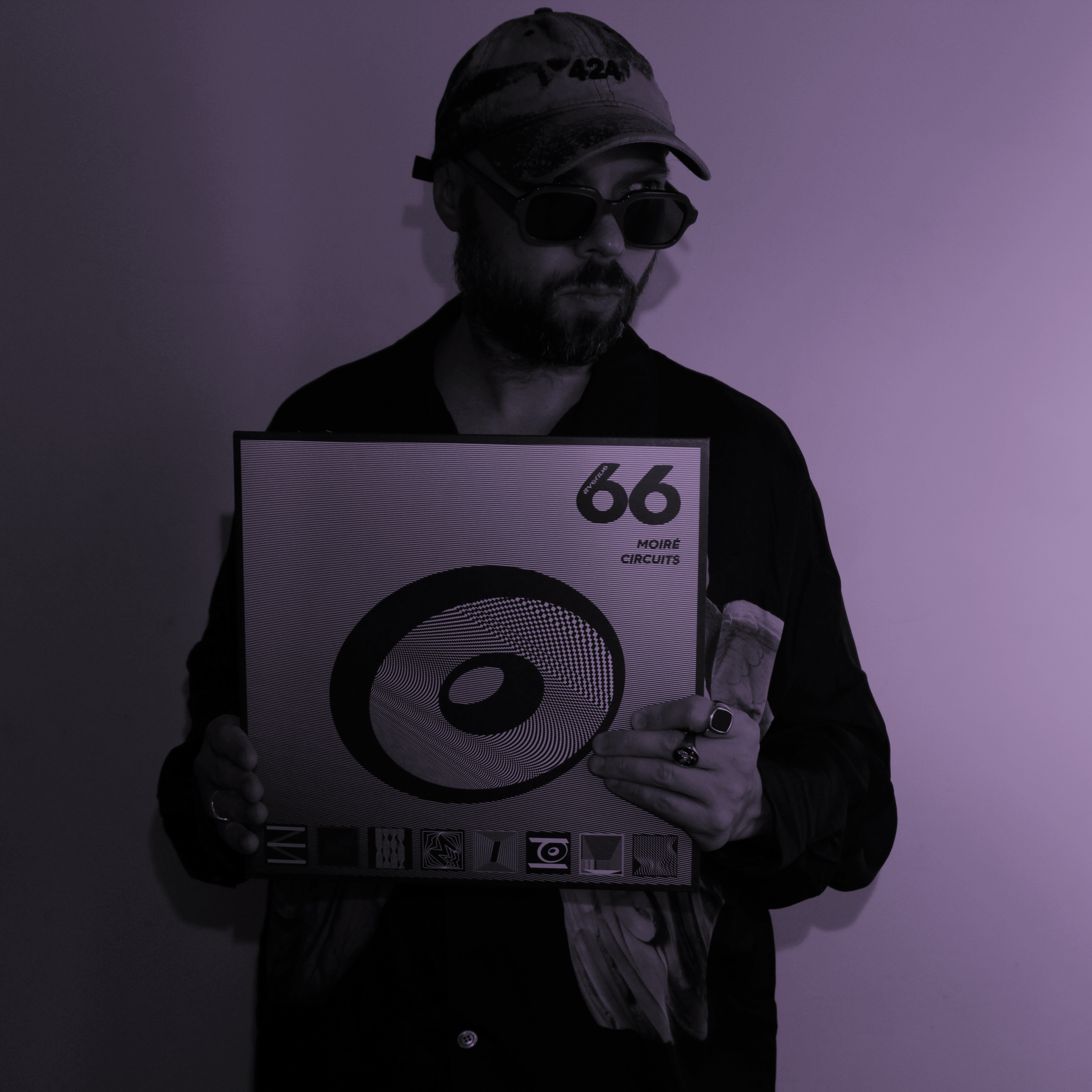

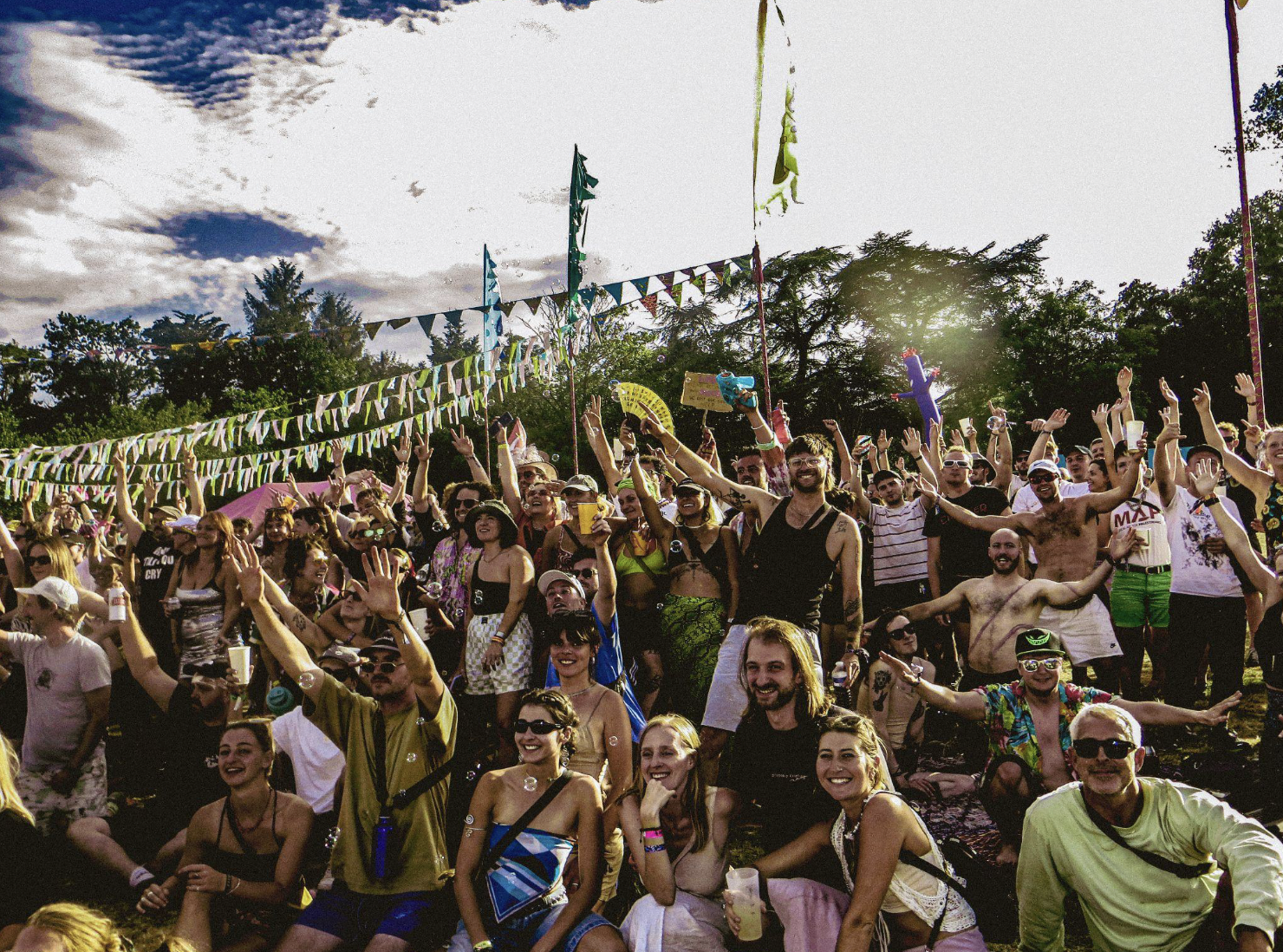










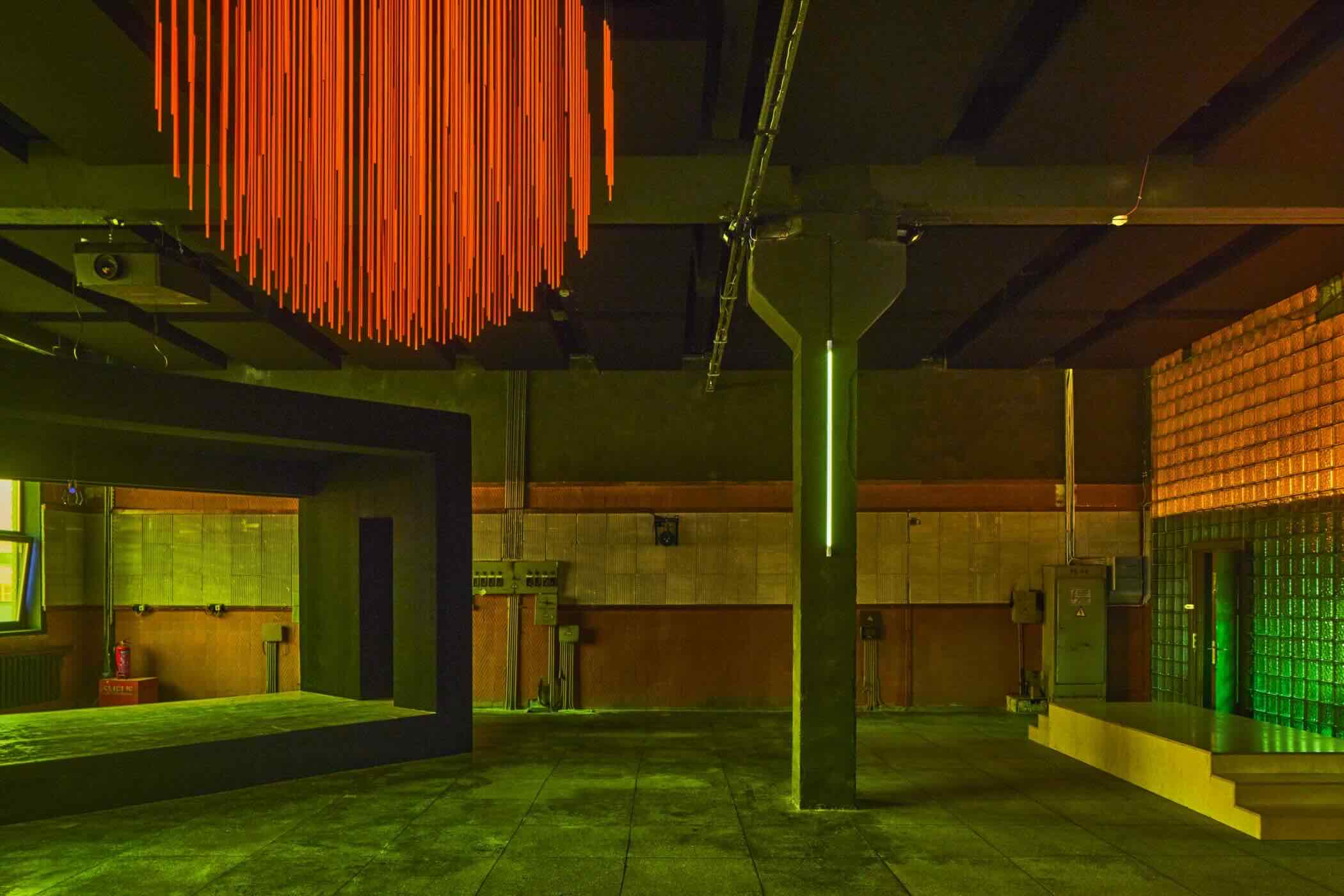
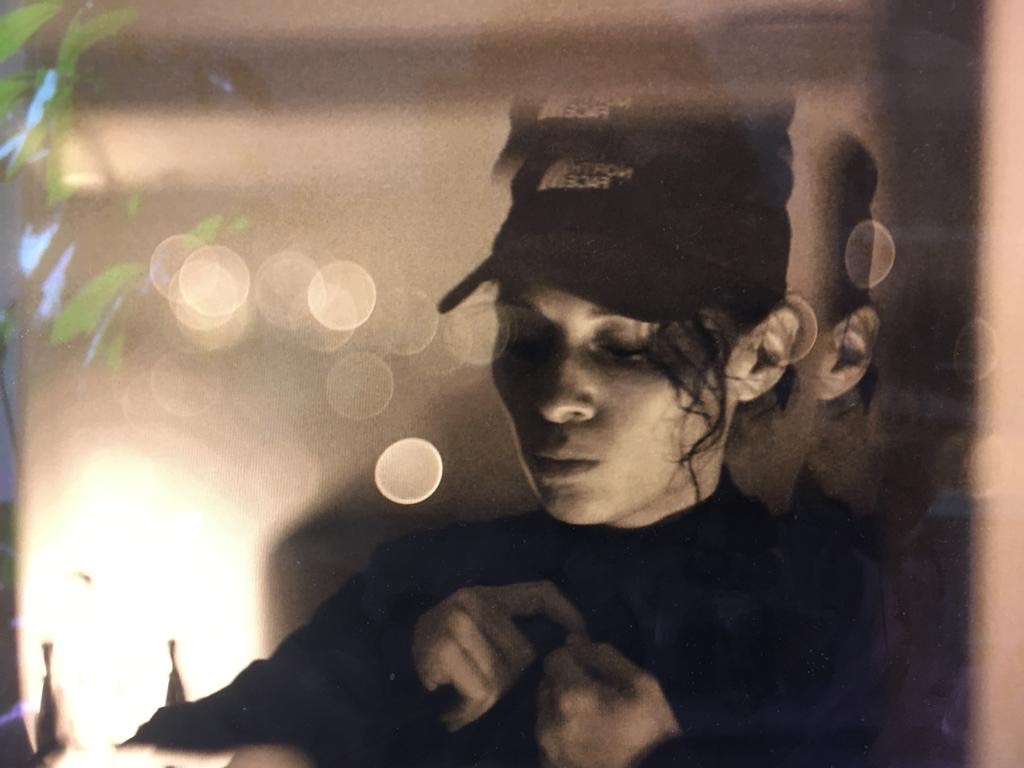
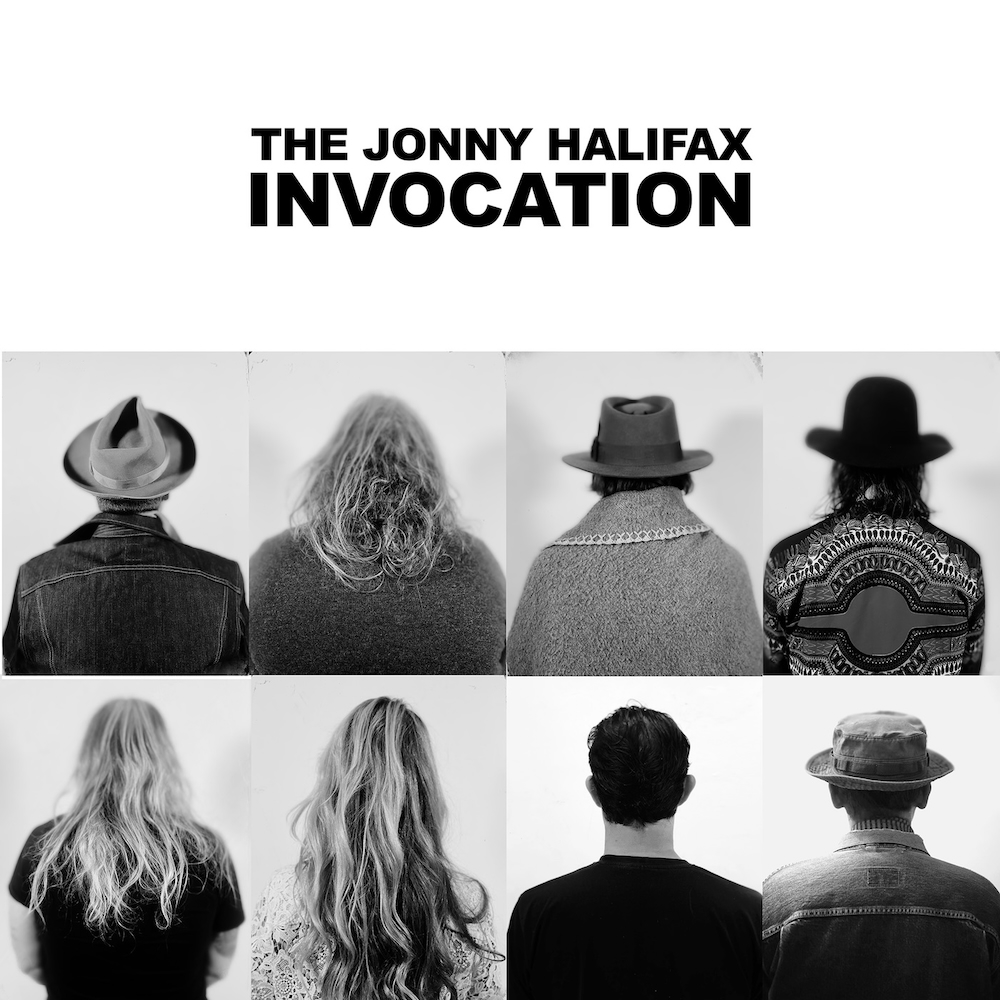
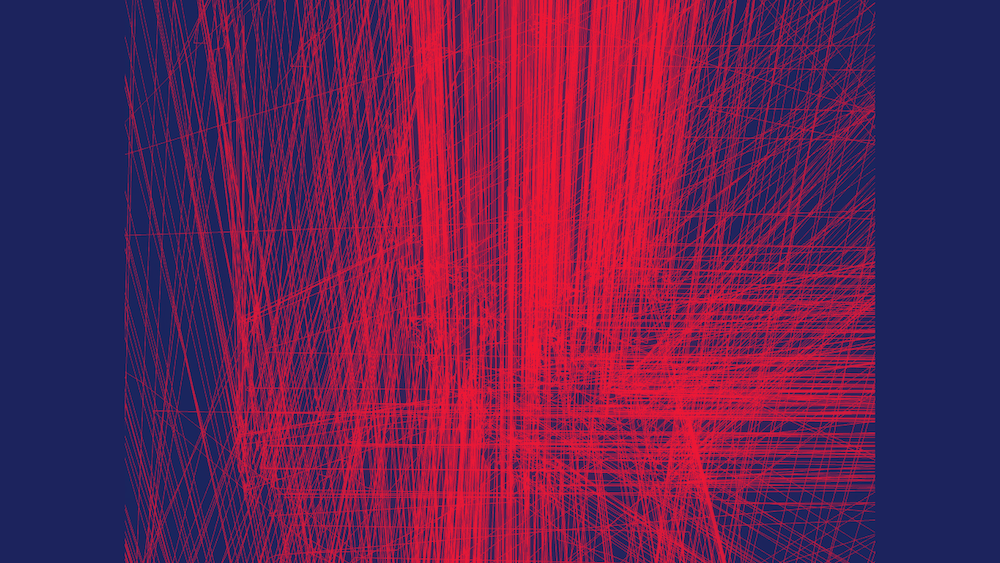



Must Reads
David Holmes – Humanity As An Act Of Resistance in three chapters
As a nation, the Irish have always had a profound relationship with the people of Palestine
Rotterdam – A City which Bounces Back
The Dutch city is in a state of constant revival
Going Remote.
Home swapping as a lifestyle choice
Trending track
Vels d’Èter
Glass Isle
Shop NowDreaming
Timothy Clerkin
Shop Now